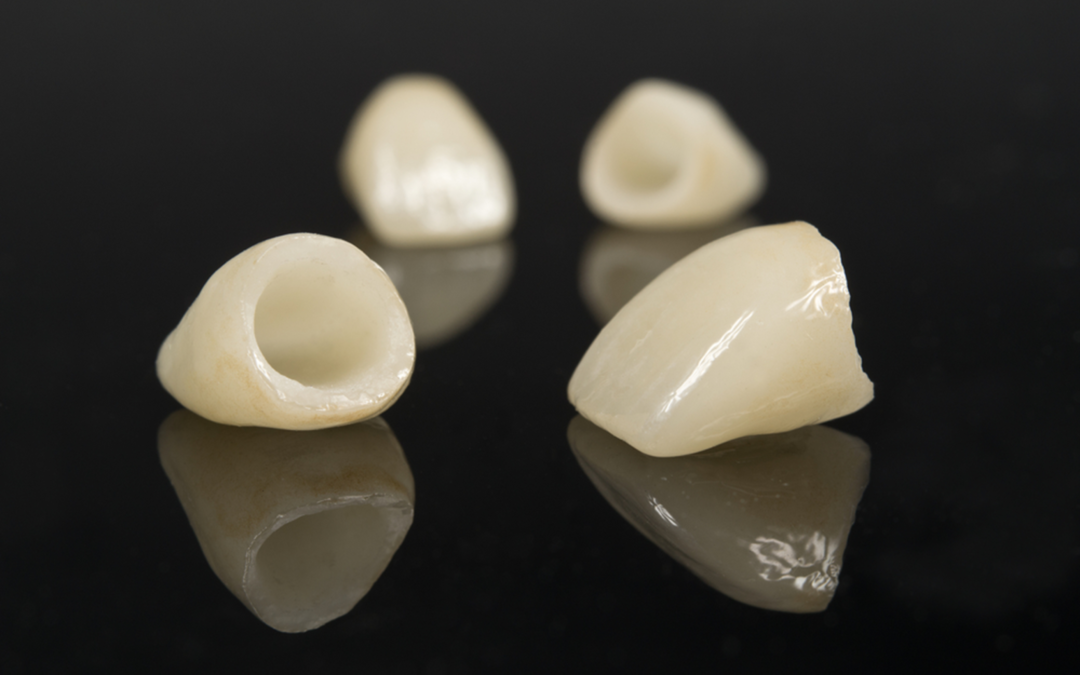Crowns from your dentist in Kitchener are designed to grip the underlying tooth tightly for several reasons, including to lend support and strength to a damaged or weakened tooth so it can do its job, and to prevent a once-infected tooth from becoming reinfected. A well-maintained crown can be expected to last for as long as 20 years, but a damaged or neglected crown may become loose – and a loose crown can not do those two important jobs.
What causes loose crowns?
There are a large number of potential causes for loose dental crowns near you. If your tooth was improperly prepared by a poorly qualified dentist, your crown may become loose prematurely. A crown damaged in an accident, assault or slip and fall may come loose. The most common causes for loose crowns seen by a dentist near you, though, are the following:
● If you experience sleep bruxism, the grinding of your teeth and clenching of your jaw can damage and loosen a crown (and fracture other dental work)
● Cavities and tooth decay can destroy tooth matter and change the structure and shape of the underlying tooth, which can cause a crown to become loose
● Some particularly sticky foods can pull a dental crown loose. Caramel taffy is a good example of a particularly sticky and troublesome treat.
● If the crown was not fit in place securely while the dental cement was setting in the first place, it may become loose prematurely
● Over time, dental crowns in Kitchener may simply become worn and weaken depending on how well they have been maintained, what they are made of, and where they’re located in your mouth (which will affect the stresses to which they’re exposed from day to day)
How would you know?
A crown should never wiggle. An adult tooth may feel like it moves slightly in its socket from time to time, but a crown attached to that tooth should never move on its own. Aside from wholly unscientific “wiggling”, what are the symptoms of a potentially loose crown?
● If the crown wobbles more than the underlying or neighbouring teeth. (“Wobble” isn’t a very scientific word, we know, but it’s a symptom of a problem!)
● If you find that food is getting stuck in the location where your gums meet the edge of your crown
● If you can feel a new crack, seam or fracture in the body of the crown at any location
● If your tooth is suddenly sensitive to hot or cold food (or both) – whether that sensitivity is new or just suddenly worse
● If your tooth is suddenly painful or you experience a throbbing sensation in the tooth.
What should you do?
If you experience any of those symptoms in a crown, you should contact a dentist immediately. In many cases, a loose crown can be repaired without having to be replaced. Repairing a crown may be as simple as re-cementing that crown onto your tooth. If you wait too long, though, your crown may deteriorate or fracture, or your tooth may become infected by the encroaching of bacteria into the formerly protected area. In those situations, the crown may need to be replaced. That’s a much more expensive and time-consuming process than a simple repair. You may also need to have tooth decay treated or a cavity filled before a new crown can be provided.
In most cases, a loose crown is not a dental emergency but you should call your dentist as soon as is convenient during regular business hours. Let them know exactly what you’re experiencing and trust their judgment about how quickly to go see them. If, however, your crown has fallen out or you’re experiencing extreme pain, call an emergency dentist at B Smaily Dental as soon as possible.


